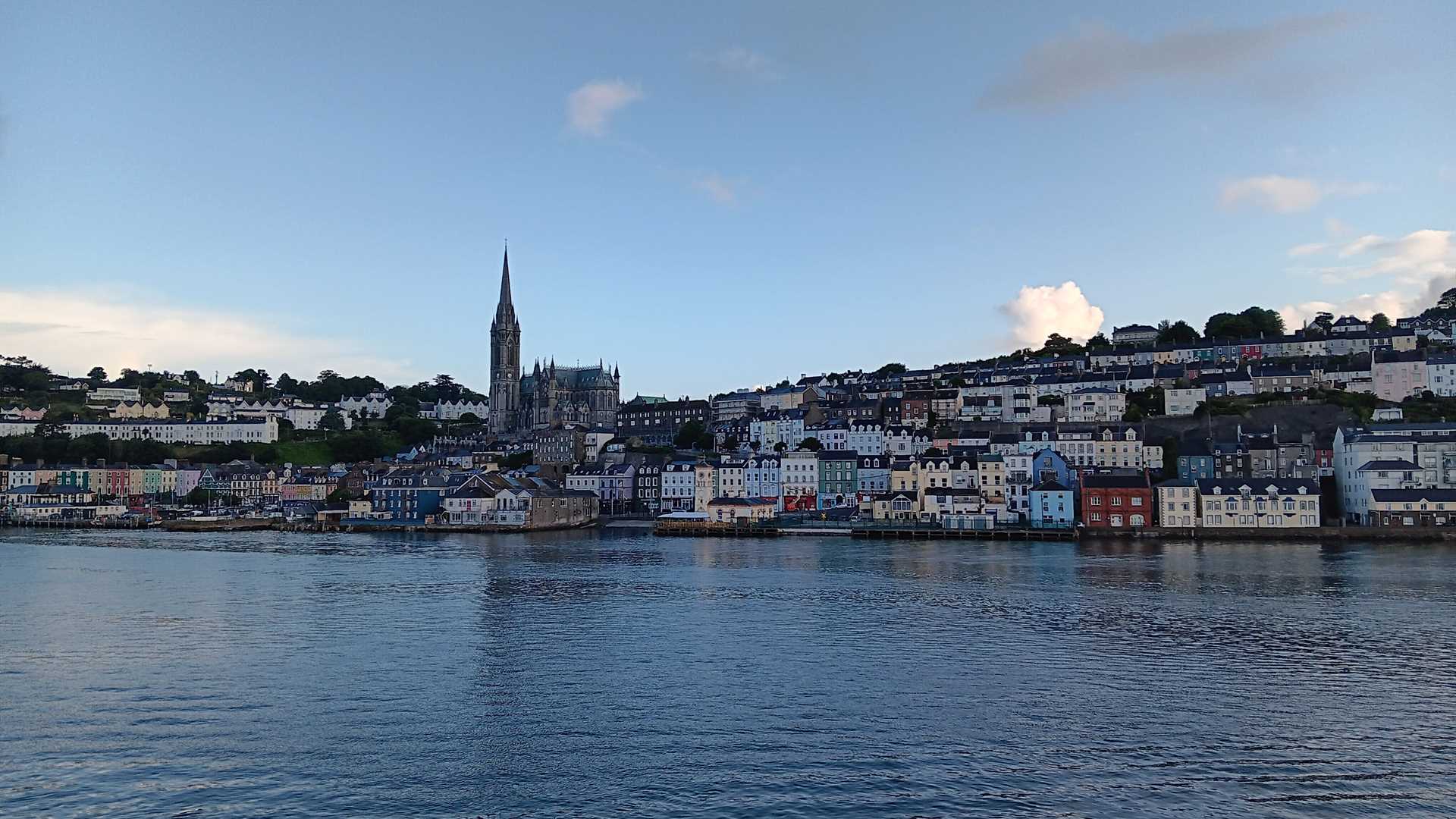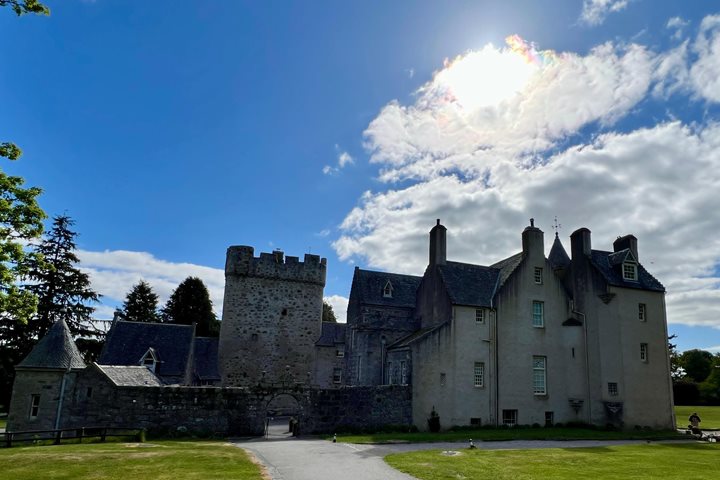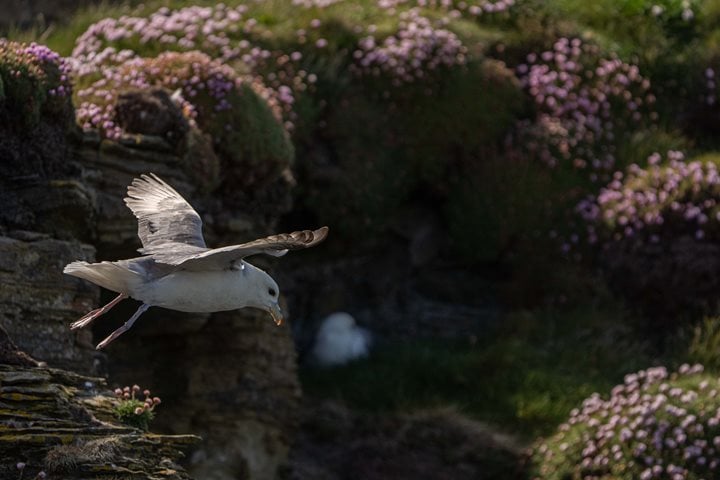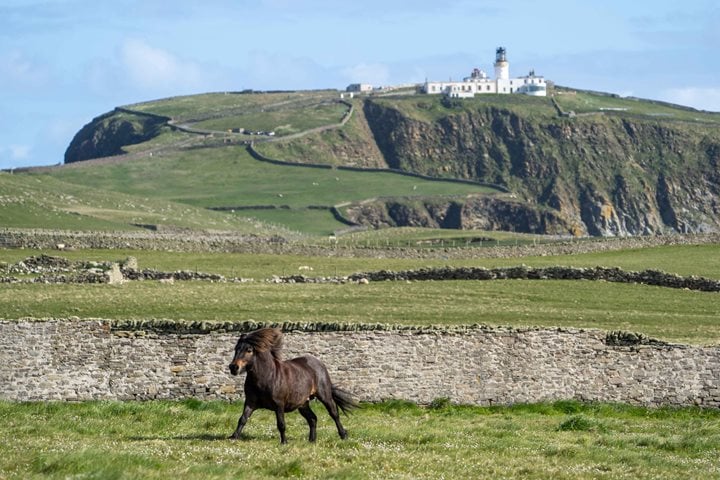Another fine start to the day greeted National Geographic Explorer as we approached the fine town of Cobh (pronounced ‘Cove’). St. Colman’s Cathedral dominated the skyline above the houses painted a variety of pastel colours. The port is set in the second largest natural harbour in the world, the largest being Sydney Harbour in Australia.
The port of Cobh is recognised for its association with the tragedies of the Titanic and the Lusitania. The former visited Cobh as its last port of call before its disastrous maiden voyage across the Atlantic Ocean, where it struck an iceberg and sank with the loss of more than 1500 lives. Most of the guests chose to visit the Cobh Heritage Centre, where the harrowing story of the Titanic was illustrated. The centre also featured information about the sinking of the Lusitania just outside the harbour by a German U-boat during World War II and how the people of the town dropped everything to rush to the rescue. Yet another major subject documented and illustrated in the museum was the emigration of many Irish people because of the 19th century potato famine and the resulting poverty. More than 2.5 million people emigrated from the town in search of better lives. Following the visit to this excellent museum, guests were shown around other relevant historical landmarks in the town by local guides before returning to the ship.
Another group chose to visit the natural landscapes of Harper’s Island’s wetlands and Ballyannan Wood, with views of the local birdlife and beautiful woodland. Yet another group accompanied historian Ann Wilson on a walking tour to St. Colman’s Cathedral. The neo-Gothic structure, finished in the 1920s, sits huge and impressive above the centre of town.
After lunch, guests either walked or were bussed to the Cobh Hurling Club for a demonstration by some young members of the club, which was followed by a game. Then, for the more adventurous amongst us, there was a chance to try their skills with stick and ball. The weather was glorious throughout, and it was very relaxing to sit on the club terrace and watch the game whilst trying some of the local Murphy’s stout.
But this was not the end of the day’s excitement. As the hurling sticks were put away and the youngsters dispersed, an Irish band played inside the club, entertaining us with lilting harmonies and lively jigs. Although people did not feel inclined to get up and jig around the tables, they did join in singing many of the choruses with gusto while clapping along to the beat.
A full day was enjoyed by all, and the threatened thunderstorms obligingly stayed away. Now we are pulling away from the dock, ready for the next stage of our adventure farther west along the wild coast of the Emerald Isle.









